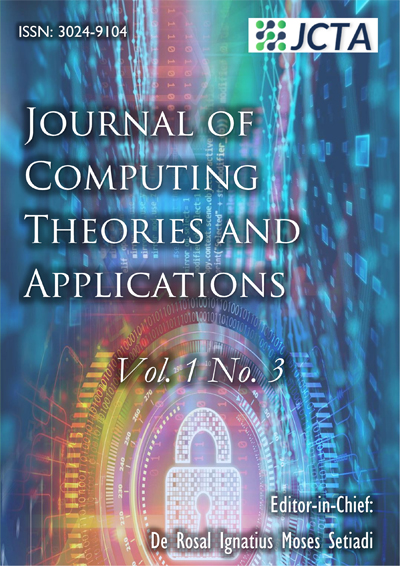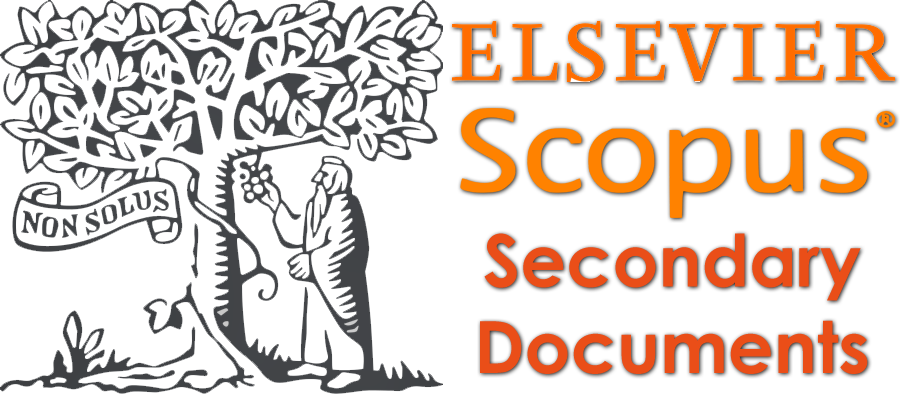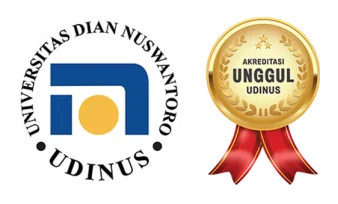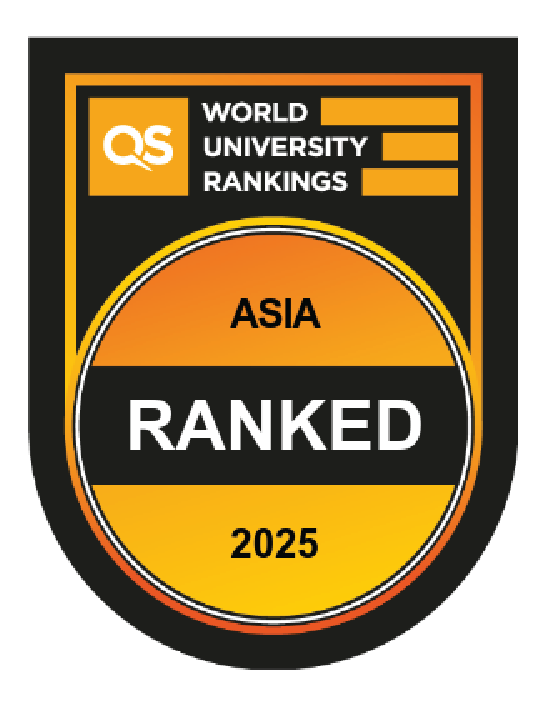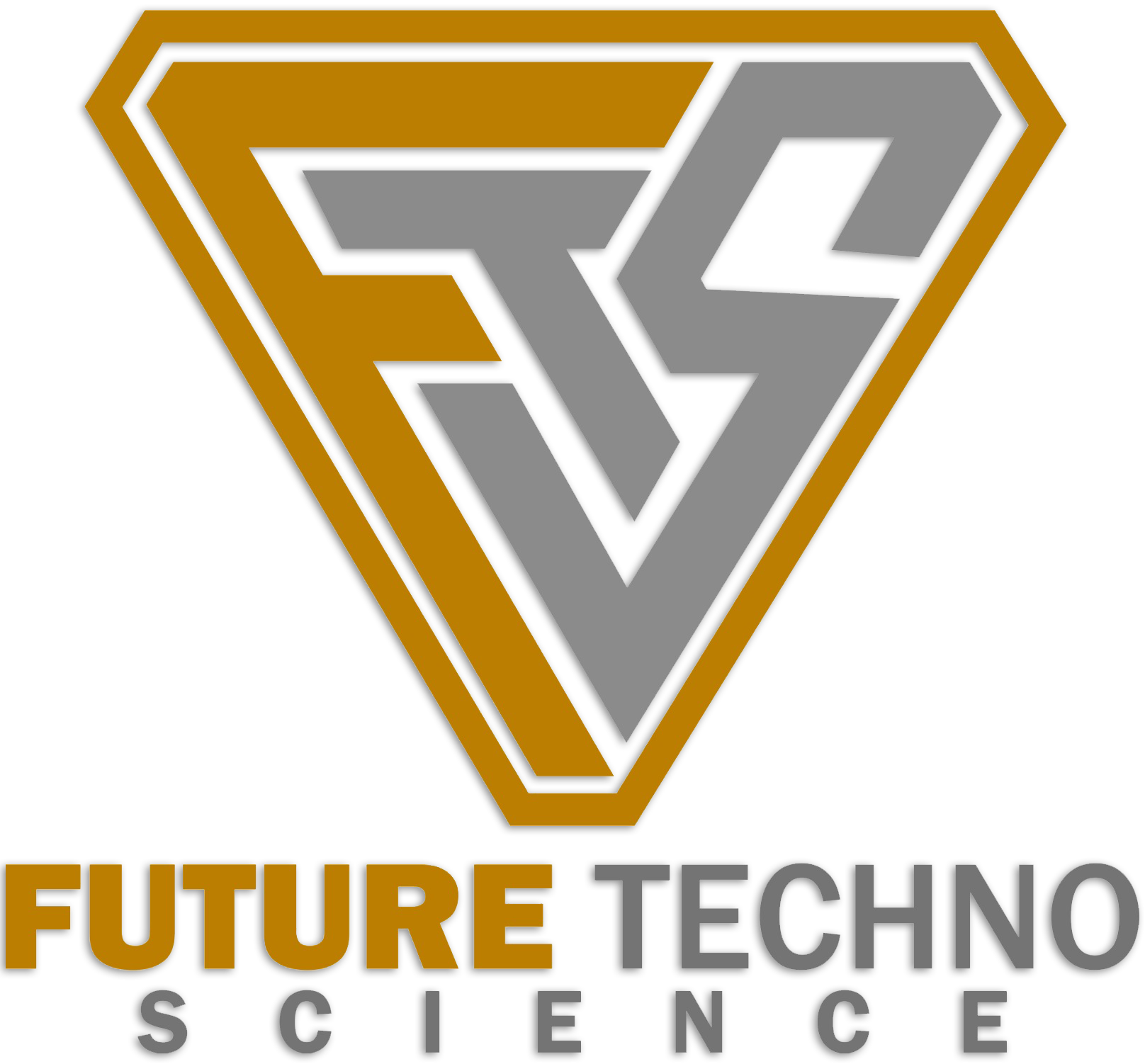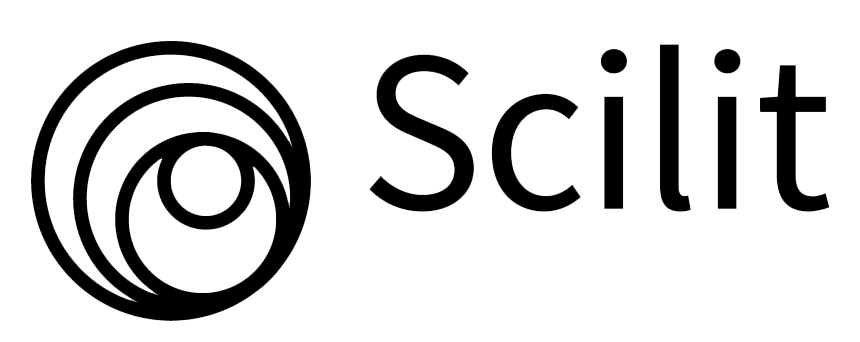A GCC Artificial Food Additives Management based Mobile Application Development
DOI:
https://doi.org/10.62411/jcta.9843Keywords:
Artificial food additives management, Agile SDLC, Mobile application, OutSystems, GCCAbstract
Artificial food additives pose significant health risks to Gulf Cooperation Council (GCC) citizens despite regional authorities' extensive medical, legislative, and technological efforts. Literature highlights the detrimental impacts of these additives, including malnutrition, digestive disorders, respiratory problems, skin issues, hives, nausea, diarrhea, shortness of breath, allergic reactions, high blood pressure, and tumors. The research project at hand aims at becoming the first official and comprehensive mobile application of its own in the GCC region that manages the calculation and demonstration of an up-to-date health and legal knowledge base of the impacts of artificial additives, enhances the awareness, automatically recognizes the artificial additives, and provides alternative solutions, for both android and IOS mobile platforms. This research project introduces "Weqaya," a pioneering mobile application designed to manage, educate, and raise awareness about the effects of artificial additives. Weqaya provides real-time health and legal information, identifies additives, and suggests alternative solutions for Android and iOS platforms. The project employs an Agile-based SDLC model to explore, develop, and evaluate the food additive phenomena in Weqaya. The application's usability evaluation scores a promising 95.21%, indicating its potential utility for GCC health ministries, dietitians, academics, researchers, and food producers in enhancing knowledge and promoting non-artificial food options.References
A. L. Branen, P. M. Davidson, S. Salminen, and J. Thorngate, Food Additives, 2nd ed. CRC Press, 2001.
V. Emerton and E. Choi, Essential Guide to Food Additives. Leatherhead Publishing, Royal Society of Chemistry, 2008. doi: 10.1039/9781847559234.
K. Curinga, “Advantages & Disadvantages of Food Additives,” Livestrong.com, 2011. https://www.livestrong.com/article/395959-advantages-disadvantages-of-food-additives/ (accessed Aug. 02, 2022).
Better Health Channel, “Food additives,” State Government of Victoria, 2012. https://www.betterhealth.vic.gov.au/health/conditionsandtreatments/food-additives (accessed Aug. 26, 2022).
National Research Council (US) Committee on Diet, Nutrition, and Cancer, “The Carcinogenicity of Food Additives and Con-taminants,” in Diet, Nutrition, and Cancer, Washington, D.C., DC: National Academies Press, 1982, p. 492.
S. Al-Thawadi, “Public perception of algal consumption as an alternative food in the Kingdom of Bahrain,” Arab J. Basic Appl. Sci., vol. 25, no. 1, pp. 1–12, Jan. 2018, doi: 10.1080/25765299.2018.1449344.
A. O. Musaiger, A. S. Hassan, and O. Obeid, “The Paradox of Nutrition-Related Diseases in the Arab Countries: The Need for Action,” Int. J. Environ. Res. Public Health, vol. 8, no. 9, pp. 3637–3671, Sep. 2011, doi: 10.3390/ijerph8093637.
A. B. Khalil et al., “Diabesity in the Arabian Gulf: Challenges and Opportunities,” Oman Med. J., vol. 33, no. 4, pp. 273–282, Jul. 2018, doi: 10.5001/omj.2018.53.
OriGym, “Food Additives: Benefits and Risks,” origympersonaltrainercourses.co.uk. https://origympersonaltrainercourses.co.uk/blog/food-additives (accessed Aug. 27, 2022).
M. Saltmarsh, Essential Guide to Food Additives. The Royal Society of Chemistry, 2013. doi: 10.1039/9781849734981.
Ministry of Health Kingdom of Bahrain, “Food Safety Guidelines Food Control Section Public Health Directorate.” [Online]. Available: https://www.moh.gov.bh/Content/Upload/File/638242460024477544-Food-Safety-Guidelines_EN.pdf
M. Hensley, “Food Additives: Regulations and Repercussions,” J. Undergrad. Res. XVII, 2014, [Online]. Available: https://www.uwlax.edu/globalassets/offices-services/urc/jur-online/pdf/2014/hensley.mariah.politicalscience.pdf
T. M. Osaili et al., “Consumers’ knowledge and attitudes about food additives in the UAE,” PLoS One, vol. 18, no. 3, p. e0282495, Mar. 2023, doi: 10.1371/journal.pone.0282495.
V. Komolprasert and P. Turowski, Food Additives and Packaging, vol. 1162. Washington, DC: American Chemical Society, 2014. doi: 10.1021/bk-2014-1162.
E. J. Adwan, M. Y. AlSada, J. A. Alnfaiai, J. E. Adwan, and M. S. Alkhayat, “Centralized Web portal for organ, tissue and blood donation in GCC,” in 2022 International Conference on Data Analytics for Business and Industry (ICDABI), Oct. 2022, pp. 472–478. doi: 10.1109/ICDABI56818.2022.10041461.
K. Davies, “Content Analysis of Research Articles in Information Systems (LIS) Journals,” Libr. Inf. Res., vol. 36, no. 112, pp. 16–28, Sep. 2012, doi: 10.29173/lirg495.
M. Templier and G. Paré, “A Framework for Guiding and Evaluating Literature Reviews,” Commun. Assoc. Inf. Syst., vol. 37, 2015, doi: 10.17705/1CAIS.03706.
M. Tate, E. Furtmueller, J. Evermann, and W. Bandara, “Introduction to the Special Issue: The Literature Review in Information Systems,” Commun. Assoc. Inf. Syst., vol. 37, 2015, doi: 10.17705/1CAIS.03705.
A. Yoon and T. Schultz, “Research Data Management Services in Academic Libraries in the US: A Content Analysis of Libraries’ Websites,” Coll. Res. Libr., vol. 78, no. 7, Nov. 2017, doi: 10.5860/crl.78.7.920.
B. Lund, “The questionnaire method in systems research: an overview of sample sizes, response rates and statistical approaches utilized in studies,” VINE J. Inf. Knowl. Manag. Syst., vol. 53, no. 1, pp. 1–10, Jan. 2023, doi: 10.1108/VJIKMS-08-2020-0156.
N. Juristo, A. M. Moreno, and M.-I. Sanchez-Segura, “Analysing the impact of usability on software design,” J. Syst. Softw., vol. 80, no. 9, pp. 1506–1516, Sep. 2007, doi: 10.1016/j.jss.2007.01.006.
L. Chung, B. A. Nixon, E. Yu, and J. Mylopoulos, Non-Functional Requirements in Software Engineering. Boston, MA: Springer US, 2000. doi: 10.1007/978-1-4615-5269-7.
N. E. Cagiltay, G. Tokdemir, O. Kilic, and D. Topalli, “Performing and analyzing non-formal inspections of entity relationship diagram (ERD),” J. Syst. Softw., vol. 86, no. 8, pp. 2184–2195, Aug. 2013, doi: 10.1016/j.jss.2013.03.106.
Q. Li and Y.-L. Chen, “Entity-Relationship Diagram,” in Modeling and Analysis of Enterprise and Information Systems, Berlin, Heidelberg: Springer Berlin Heidelberg, 2009, pp. 125–139. doi: 10.1007/978-3-540-89556-5_6.
S. P. Guest, “The use of software tools for dialogue design,” Int. J. Man. Mach. Stud., vol. 16, no. 3, pp. 263–285, Apr. 1982, doi: 10.1016/S0020-7373(82)80062-X.
M. Fisher and D. E. Baird, “Online learning design that fosters student support, self?regulation, and retention,” Campus-Wide Inf. Syst., vol. 22, no. 2, pp. 88–107, Apr. 2005, doi: 10.1108/10650740510587100.
B. Grácio, “I’m a Magic MABS: How the Mobile Apps Build Service Works,” OutSystem Blog, 2018. https://www.outsystems.com/blog/posts/how-mobile-apps-build-service-works/ (accessed Mar. 07, 2023).
N. Juristo, A. M. Moreno, and W. Strigel, “Guest Editors’ Introduction: Software Testing Practices in Industry,” IEEE Softw., vol. 23, no. 4, pp. 19–21, Jul. 2006, doi: 10.1109/MS.2006.104.
T. Hamilton, “What is Unit Testing?,” Guru99, 2023. https://www.guru99.com/unit-testing-guide.html (accessed Apr. 06, 2023).
J. Nielsen, “Enhancing the explanatory power of usability heuristics,” in Proceedings of the SIGCHI conference on Human factors in computing systems celebrating interdependence - CHI ’94, 1994, pp. 152–158. doi: 10.1145/191666.191729.
E. J. Adwan, Y. Al-Aradi, M. Essa, and H. Malabari, “A Comprehensive Study and Development of Unified Mobile-Based Admis-sion System for GCC Universities,” J. Comput. Theor. Appl., vol. 1, no. 2, pp. 212–230, Dec. 2023, doi: 10.62411/jcta.9793.
L. Wu, C. Zhang, Y. Long, Q. Chen, W. Zhang, and G. Liu, “Food additives: From functions to analytical methods,” Crit. Rev. Food Sci. Nutr., vol. 62, no. 30, pp. 8497–8517, Oct. 2022, doi: 10.1080/10408398.2021.1929823.
M. Carocho, P. Morales, and I. C. F. R. Ferreira, “Antioxidants: Reviewing the chemistry, food applications, legislation and role as preservatives,” Trends Food Sci. Technol., vol. 71, pp. 107–120, Jan. 2018, doi: 10.1016/j.tifs.2017.11.008.
A. O. Bankole, E. A. Irondi, W. Awoyale, and E. O. Ajani, “Application of natural and modified additives in yogurt formulation: types, production, and rheological and nutraceutical benefits,” Front. Nutr., vol. 10, Oct. 2023, doi: 10.3389/fnut.2023.1257439.
I. Benucci, C. Lombardelli, C. Mazzocchi, and M. Esti, “Natural colorants from vegetable food waste: Recovery, regulatory aspects, and stability—A review,” Compr. Rev. Food Sci. Food Saf., vol. 21, no. 3, pp. 2715–2737, May 2022, doi: 10.1111/1541-4337.12951.
C. Novais et al., “Natural Food Colorants and Preservatives: A Review, a Demand, and a Challenge,” J. Agric. Food Chem., vol. 70, no. 9, pp. 2789–2805, Mar. 2022, doi: 10.1021/acs.jafc.1c07533.
I.-A. Pot?rniche, C. Saro?i, R. M. Terebe?, L. Szolga, and R. G?l?tu?, “Classification of Food Additives Using UV Spectroscopy and One-Dimensional Convolutional Neural Network,” Sensors, vol. 23, no. 17, p. 7517, Aug. 2023, doi: 10.3390/s23177517.
Melon AD, “E Food Additives,” 2009. https://apps.apple.com/us/app/e-food-additives/id326134581?platform=iphone? (accessed Feb. 23, 2023).
E Numbers app, “E Numbers - Food additives,” Google Play, 2023. https://play.google.com/store/apps/details?id=com.ashomok.eNumbers&hl=en_US (accessed Feb. 17, 2023).
InfoCons, “InfoCons,” infocons.org, 2023. https://infocons.org/the-infocons-app/ (accessed Feb. 23, 2023).
MyOnlyIslam, “Scan Halal food-Additive haram,” Google Play, 2023. https://play.google.com/store/apps/details?id=softbrigh.muslim.halal.haram.mushbooh&hl=en_US (accessed Feb. 23, 2023).
FAO-WHO, “Codex general standard for food additives (GSFA) online database,” Food Additives DB (GSFA Online) | Codexali-mentarius, 2023. https://www.fao.org/fao-who-codexalimentarius/codex-texts/dbs/gsfa/en/ (accessed Feb. 23, 2023).
enumbersapp, “Food Additives Checker (E Numbers),” 2024. https://enumbersapp.com/en/1 (accessed Feb. 17, 2023).
Yuka, “Yuka - Food & Cosmetic Scanner,” 2023. https://yuka.io/en/app/ (accessed Feb. 17, 2023).
Lifesum, “Lifesum Food Tracker & Fasting,” App Store Preview, 2023. https://apps.apple.com/us/app/lifesum-food-tracker-fasting/id286906691?mt=8 (accessed Feb. 17, 2023).
Raúl Vadillo, “Ingred - cosmetics and food,” Google Play, 2023. https://play.google.com/store/apps/details?id=com.zorrosoft.android.ingred&hl=en_US (accessed Feb. 23, 2023).
MyFitnessPal, “Calorie Tracker & BMR Calculator to reach your goals,” 2023. https://www.myfitnesspal.com/ (accessed Feb. 23, 2023).
insanyya Apps, “Food additives,” Google Play, 2023. https://play.google.com/store/apps/details?id=com.app.mrschak.tab&hl=en_US (accessed Feb. 23, 2023).
Fueneco, “E-Inspect Food additives,” Google Play, 2003. https://play.google.com/store/apps/details?id=com.fueneco.additives.slo&hl=en_US (accessed Feb. 23, 2013).
Worldometers.Info, “Population by Country 2023,” 2023. https://www.worldometers.info/world-population/population-by-country/ (accessed Feb. 23, 2023).
Survey Monkey, “Sample size calculator,” 2023. https://www.surveymonkey.com/mp/sample-size-calculator/ (accessed Feb. 23, 2023).
Downloads
Published
How to Cite
Issue
Section
License
Copyright (c) 2024 Ehab Juma Adwan

This work is licensed under a Creative Commons Attribution 4.0 International License.
